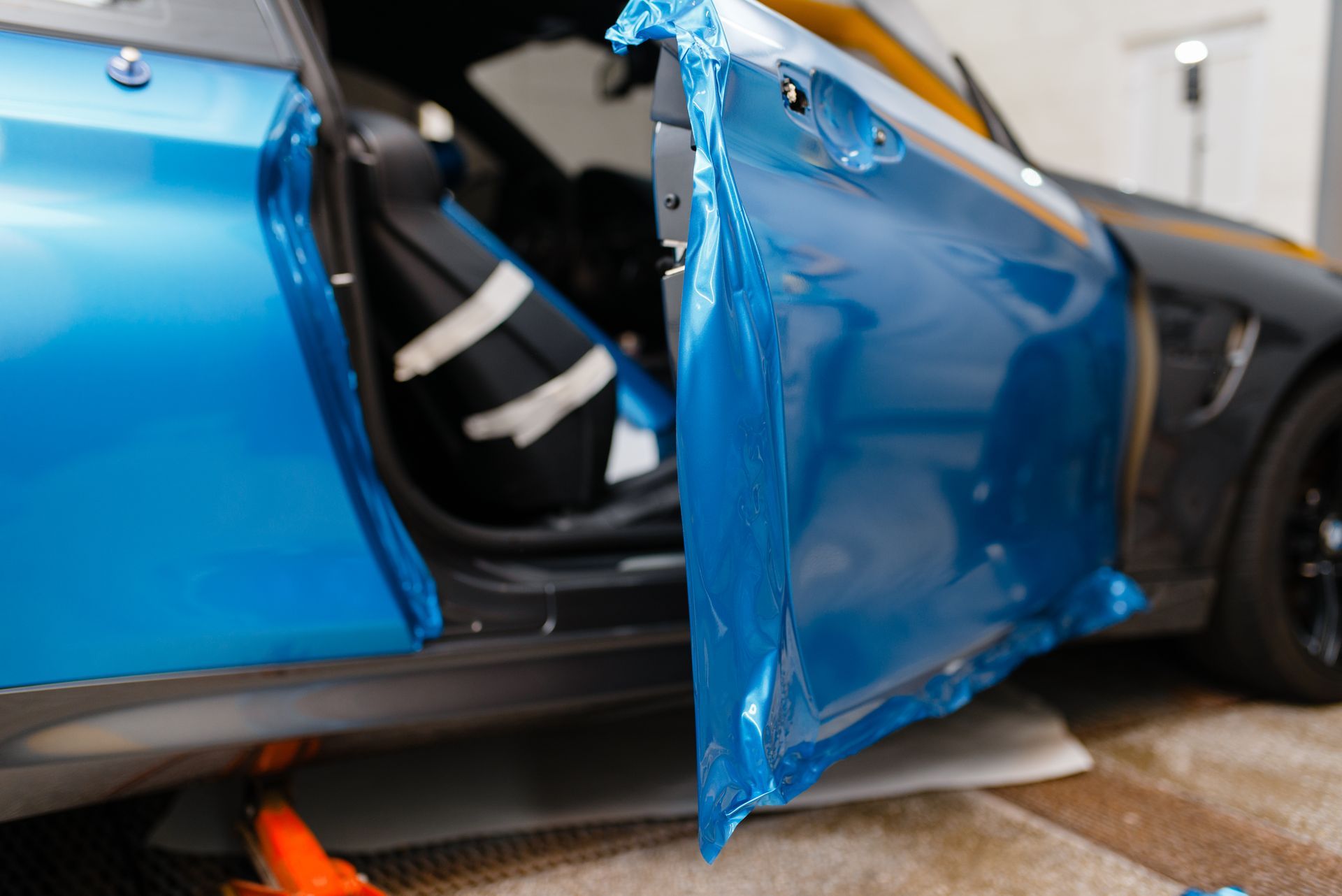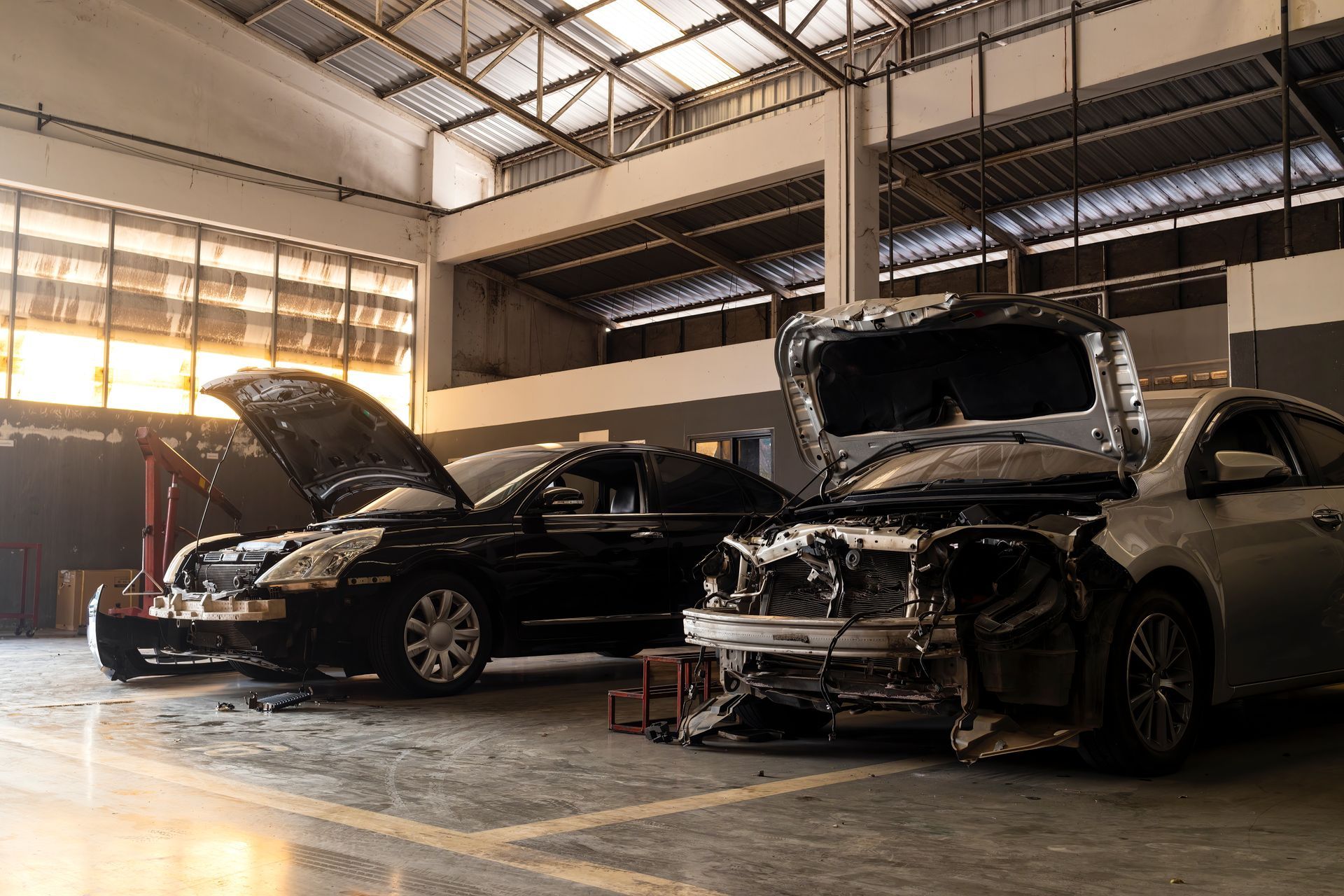Will the Shop Use OEM or Aftermarket Parts for My Repair?
Not sure if your car will get original parts after an accident?
Learn the difference between OEM and aftermarket parts—and how VICE helps protect your vehicle.
After a collision, most drivers want their car repaired to the highest standard. But one common question is:
“Will my car get OEM parts or aftermarket parts?”
The parts used in your repair can affect your car’s value, safety, and performance. That’s why it’s important to understand the difference—and how the shop (and insurance company) decides what to use.
At Valley Collision, we help clients and their attorneys navigate this process so they know exactly what’s going into the vehicle.
What Are OEM Parts?
OEM stands for Original Equipment Manufacturer. These parts are made by your vehicle’s manufacturer and are exactly the exact same as the parts that came with your car when it was new.
- Perfect fit and performance
- Maintains factory warranties
- Helps retain resale value
- Often preferred by attorneys in personal injury cases for client safety
What Are Aftermarket Parts?
Aftermarket parts are made by third-party companies. They are designed to fit your vehicle, but they aren’t made by your car’s original manufacturer.
- Usually less expensive
- Quality can vary by manufacturer
- May affect resale value or warranties
- May not match exact fit or finish
Will Aftermarket Parts Affect My Vehicle?
In some cases, aftermarket parts can:
- Cause slight fit issues (panels or bumpers not perfectly aligned)
- Use lower-grade materials
- Lead to faster wear and tear
- Impact warranty coverage
- Lower resale value
That’s why our shop always informs you and your attorney before proceeding with any non-OEM part. We want you to be comfortable with the choices made during your repair.

How VICE Handles OEM vs. Aftermarket Parts
When you choose VICE:
- We review your insurance policy with you
- We request OEM parts wherever possible
- We communicate with insurance to fight for the right parts
- We keep your attorney informed for injury cases
- We give you clear updates—so there are no surprises at pickup
OEM parts help protect your car’s safety, value, and appearance. But insurance companies often push for aftermarket options to cut costs.
At VICE, we help you understand your options and advocate for your vehicle’s best outcome.
You deserve clear answers—and we’re here to guide you through the process.



